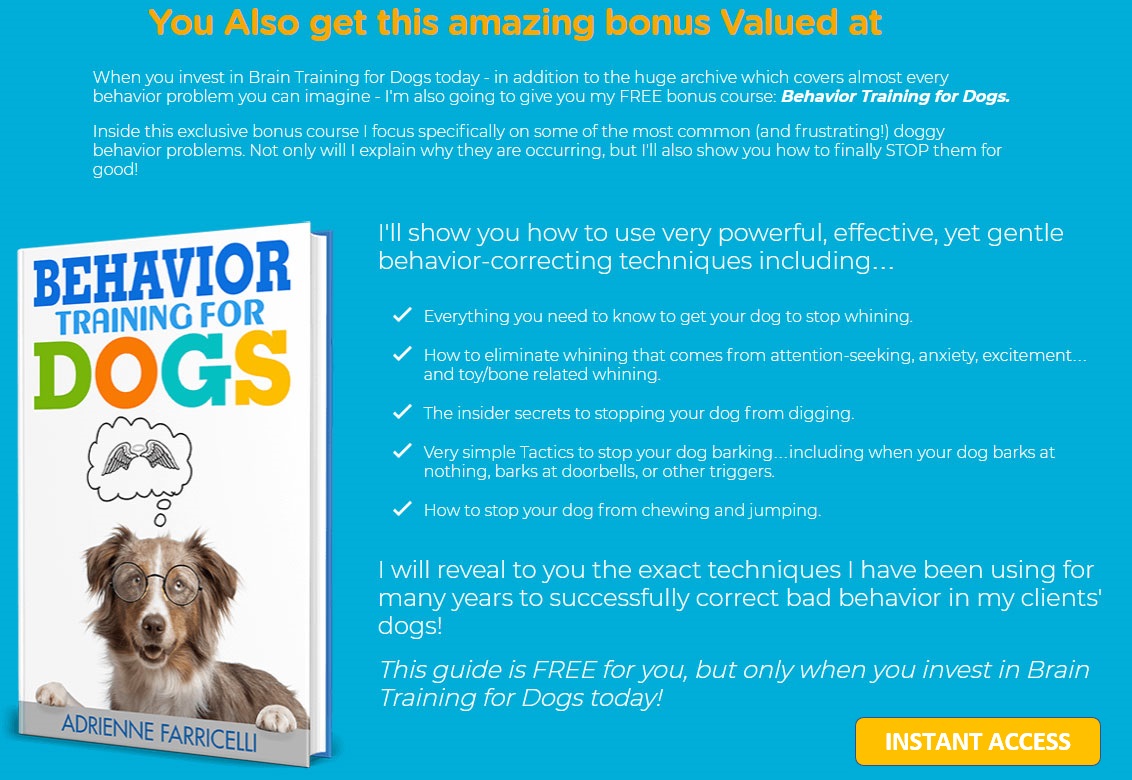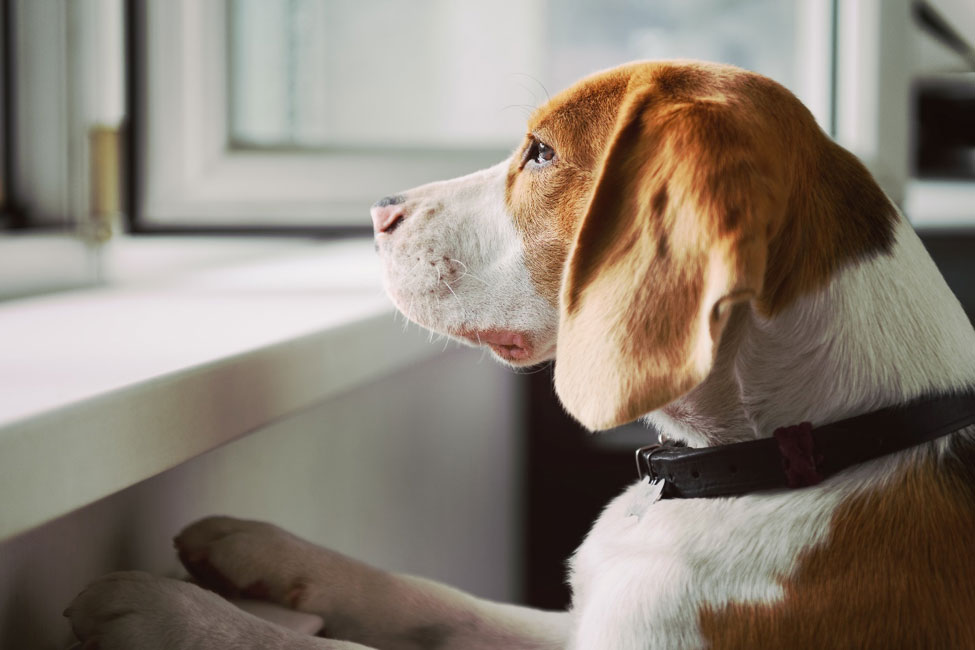Separation anxiety in dogs
Separation anxiety is the behavioral disorder that constitutes the second most common reason for behavioral consultations. This disorder appears during the absence of the owner(s) in the young dog or adult. This disorder is expressed by material destruction, vocalizations (crying, barking, whining) and elimination disorders (urination and/or stool). In some cases, the dog may have an exacerbated or absent exploratory behavior, be anorexic, lick a limb, stop playing. In these cases, the owner will come home to find a full bowl of food and games always in the same place.
Inbehalfofanimals reminds you that these anxious behaviors are considered "normal" for a puppy under 6 months. In fact, a puppy removed from his siblings and his mother will have some stress about his new situation despite an optimal living environment. However, over-expressed behaviors such as exploratory behavior or disorientation in a lonely puppy will be clues to suspect a predisposition to separation anxiety.
Separation anxiety appears in both males and females when the owners are absent or when the animal is locked in a room and cannot reach the owners. When the owners return, the more intense the separation anxiety, the more exaggerated the greeting and celebration behavior will be. Thus, a dog who, upon your return, will shower you with affection and will not let you out of his sight will be a dog suspected of having separation anxiety. The translations of the anxiety (destruction, elimination, exaggerated exploration) appear most often in the half hour following the departure of the owners. The dog sensing the departure of the owners through signs and precise attitudes will manifest its anxiety through stereotyped facial and body expressions (trembling, exaggerated salivation, incessant coming and going, abnormal prostration).
The first hypothesis of the genesis of this anxiety was the overprotection of the owners. The fact is that this is not the case, owners all act the same way with a puppy (overprotection, care, excessive attention) and yet not all puppies become anxious. The most likely hypothesis would be that separation anxiety arises from the puppy's inability to handle a new stress phase. This inability is individually dependent and closely related to the genetic potential and experience of the puppy. The behavior of the owners is not the cause of this condition, but it is on him that the treatment is based.
Tips for managing separation anxiety in your dog
The treatment of this behavioral disorder combines medical treatment and puppy training. Initially, we recommend the use of diffusers or collars containing soothing pheromones as medical treatment. In receptive dogs, these products have the advantage of calming the animal without the risk of drowsiness. DAP collar and DAP diffuser have recently been replaced by ADAPTIL collar 45cm and ADAPTIL collar 70cm and ADAPTIL diffuser. In case of inefficiency of pheromones, we advise you to use under veterinary control daily oral medication using natural active ingredients such as Anxitane S or Anxitane M/L, Zylkene 75, Zylkene 225 and Zylkene 450.
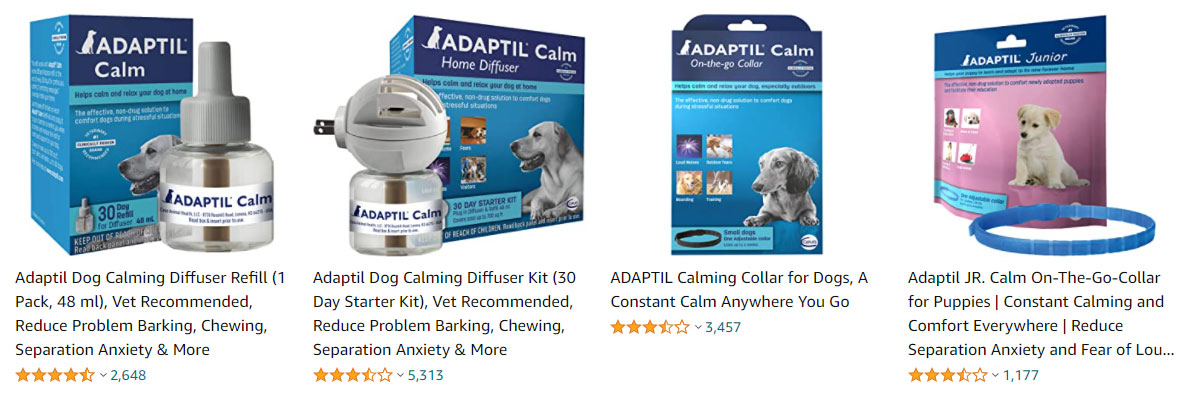
Training for separation anxiety in dogs
The goal of the treatment is therefore twofold: to free the dog from anxiety thanks to medication and to teach him to stay alone. We give you some training advice. Sometimes, an experienced dog trainer will have to follow this advice.
• Eliminate triggering situations = absence of the owners Avoid the dog to stay alone except during the therapy phases. Take the dog to work, have it looked after (boarding kennel, neighbor, family).
• Suppressing the signs of departure: Observant dog = learned departure ritual inducing a rise in anxiety even before the owners' departure. 2 solutions: carry out the departure rituals but without leaving (breaking the link between ritual and departure) or suppress this ritual in order to confuse the dog.
• Suppress the return ritual: Exaggerated celebration of the animal: do not pet it or praise it at the risk of reinforcing this behavior = the dog should be ignored until it returns to calm. In case of damage, the dog should not be reprimanded in any case, otherwise his anxiety will be reinforced. A dog that is subjected to the arrival of the owners does not admit to its faults but is already apprehensive about its punishment.
• Improvement of the dog's comfort (30 minutes before departure): Leave objects simulating the presence of the owners, such as linen impregnated with their scent (be careful not to do this at the time of departure, otherwise this gesture will be part of the departure ritual), provide games, especially the dog's favorite games, before departure.
• Take care of the dog before departure: Provide food and exercise before departure. Make sure the dog's waste is disposed of before departure.
• Dealing with the demand for attention: The attention given to the dog in your presence (petting, praise) will disappear in your absence, reinforcing the dog's anxiety. Therefore, you should not respond to requests for petting from a dog with separation anxiety by ignoring them completely.
• Desensitization : teach the dog that being alone is not painful. Implementation: get the dog used to being alone, first for very short periods, then for longer and longer periods, always in a progressive manner to avoid any risk of relapse. First start the dog in the same room and then leave it with the door open and then the door closed.
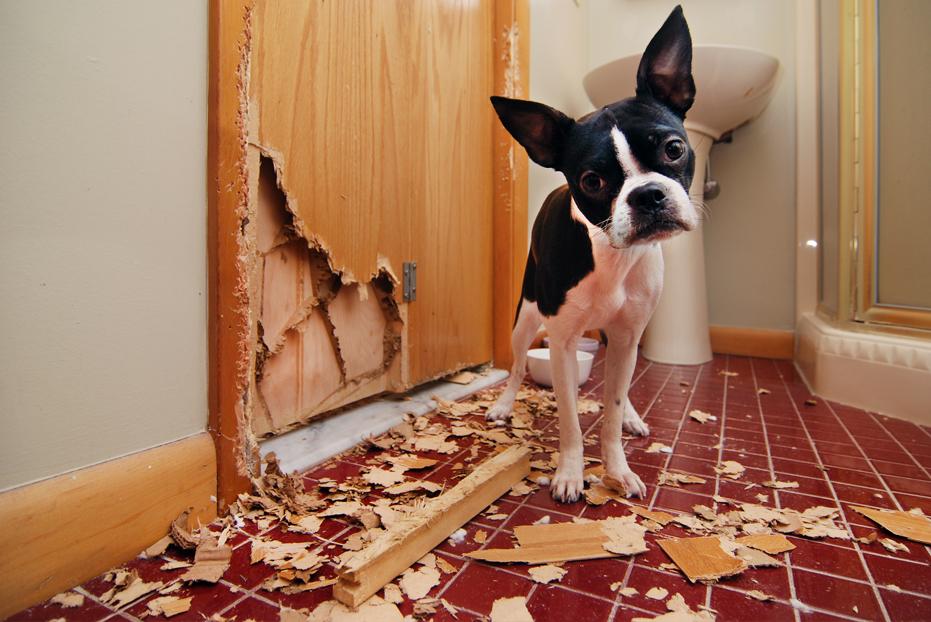
Separation Anxiety in Adult Dogs
This phenomenon will most often appear after a restricted cohabitation with a person of the dog's entourage: vacations, unemployment, illness... or after a traumatic episode like a violent storm, a burglary. The signs will be the same as those described above (urination and defecation, vocalizations, destruction, hyper-attachment to the owners) but you should not confuse the etiologies. In fact, we remind you that other behavioral disorders in adult dogs will manifest themselves, such as separation anxiety: poor socialization in an urban environment or fear of going outside alone may cause a dog to urinate and defecate indoors, whereas in the presence of the owners, the dog will do so outside.
Separation Anxiety in the Senior Dog
This anxiety occurs most often in very old animals that can no longer stand sleeping alone or staying alone in a house. A biochemical imbalance, the aging of the central nervous system are all etiologies that must be inspected.
In these two cases, the treatments will be the same as in the case of puppy separation anxiety. Desensitization will be more difficult to implement in the older dog.

Dogs are naturally social and need company. That's why they bond with us so easily. However, if they don't learn how to handle being alone, problems can arise when they are separated, also known as separation anxiety. Read on to learn about the classic signs of separation anxiety and find out how you can help your puppy overcome this problem with our handy guide.
Why does a puppy develop separation anxiety?
It's tempting to think that your puppy is fussy or wants to annoy you when you leave, but this is far from the truth. A puppy develops separation anxiety when he hasn't learned to be alone and is simply afraid of being alone. This condition is similar to a human panic attack.
Dealing with a puppy or an adult dog that doesn't know how to be alone is terribly complicated. It is probably one of the most difficult behavioral problems to solve. As with other behavioral problems, prevention is far better than cure.
In the vast majority of cases, puppy anxiety starts very early. Owners are sometimes so obsessed with their new puppy that they are delighted to have him follow them around, and this bond is very important indeed. However, if you allow your puppy to be with you all the time, he will grow up relying on you every second of the day. If you suddenly decide to go out without him, you'll find that his world falls apart without you.
It also happens that a new puppy owner locks him in the kitchen where he will spend his first night alone: the puppy then associates solitude with a feeling of stress and fear.
The symptoms of puppy separation anxiety
The severity of the symptoms of puppy separation anxiety varies greatly and may include any or all of the following signs...
- Excessive barking and/or howling when alone
- Chewing and other destructive behaviors
- Loss of potty training
- Scratching or digging at doors
- Constantly moving around
- Panting and excessive salivation
- Attempts to run away
- Self-mutilation
- Aggressive behaviors
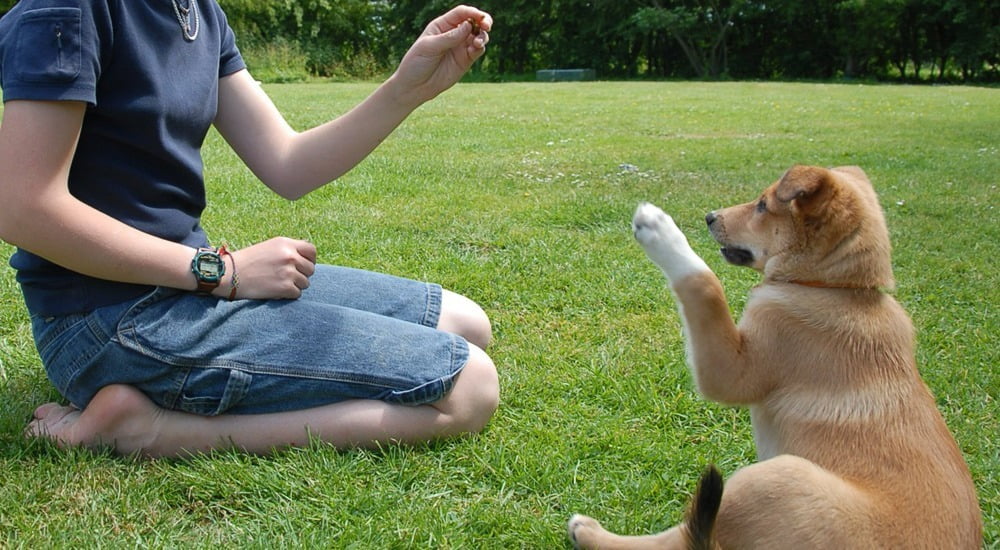
How to get started with your puppy
Let him know he can trust you : From the first minute he arrives at your home, your puppy needs to learn to trust you: you'll be there for him, but there are times when he can't go with you, and that's okay. Install baby gates and get him used to moving around the room for a few minutes without him following you. Keep him occupied with something pleasant: give him his meal or a treat.
Don't overdo it: Walk away quietly and then return quietly. Make your departures and returns normal events from the start and teach him to trust his ability to be alone. Take a shower, walk in the yard alone, or do something else to let him know that not being with you for a few minutes doesn't matter. If you give your puppy something tasty to nibble on while you're away, he may even look forward to you leaving!
Progress slowly: Start by leaving your puppy alone for 5 minutes, then gradually go away for 10, then 30 minutes, until he accepts being left alone for an hour without flinching. But always be careful not to go too fast.
Use toys: Leave your puppy in a safe place, where he feels comfortable, and with something to occupy himself in your absence. Use kibble or treat toys (his favorite!) to keep him entertained.
Use technology : Technology can help you know exactly what's going on while you're away. This way you'll know if your puppy is staying quiet and calm. Set up a webcam with an app that allows you to watch your puppy on your phone while you're away. Time spent teaching your puppy that it's safe to be alone is part of raising a good family dog. Remember, though, that a dog needs companionship and social contact: no dog is happy if it's left alone for long hours.
Helping a puppy with separation anxiety
If your puppy is already suffering from separation anxiety, here are some tips you can try to help him overcome his problem.
First, make sure your puppy's behaviour isn't related to something else. He may be acting out because he's bored, doesn't have enough contact, or lacks physical and/or mental exercise.
These problems are often related to separation anxiety in a puppy, but they are relatively easy to solve by giving him more exercise. Try to mentally stimulate your puppy with interactive educational games and consider engaging him in training sessions. You can also leave the radio on or put him in a comfortable room where he's comfortable, preferably with no connection to the outside world so as not to encourage barking.
Again, watching your puppy with a webcam can help you know if he's bored: in this case, undesirable behaviors are expressed in calmness, interspersed with periods of sleep. In separation anxiety, these behaviors are more constant and your puppy shows clear signs of stress. It's important to note that sometimes some puppies start out bored and then get excited and become stressed and anxious.
If you are unsure, contact a professional behaviourist with experience in separation anxiety and have them come in to assess your puppy's behaviour.
